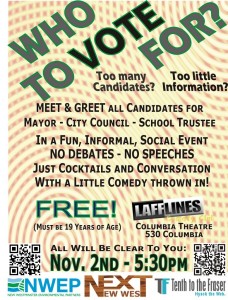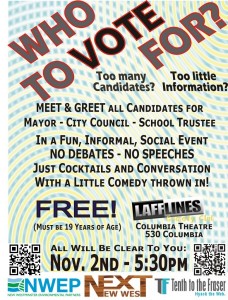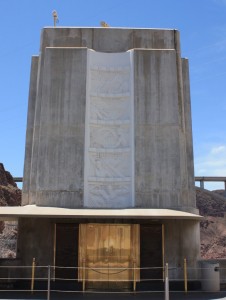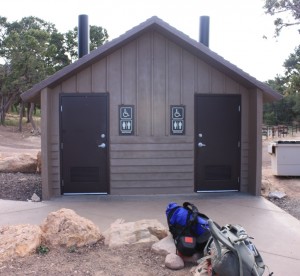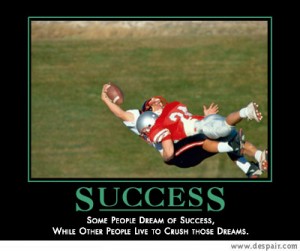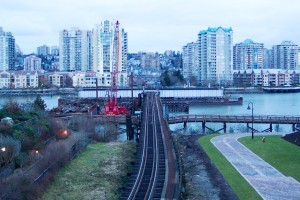This story made me laugh. The Canadian Taxpayers Federation is asking Mayoral and Council Candidates to commit to not increasing property taxes at a rate higher than inflation without either a referendum (yeah, there’s a fiscal plan), or Council pay cuts.
Not surprisingly, few incumbents are signing it, because they know the reality of municipal budgeting, and how tax increases are being forced upon them by agents well beyond their control, like aging infrastructure and senior government downloading. They understand that “no new taxes” is a silly pledge to make, as costs are rising, and the demands for services and amenities only goes up.
I especially laughed because of the guy behind the campaign: new CTF campaign manager BC Director, Jordan Bateman.
 If that name is familiar, he not only worked on several BC Liberal campaigns for Provincial Lord of the Sith, Darth Colemen. He was also, until very recently, a Municipal Councillor for the Township of Langley!
If that name is familiar, he not only worked on several BC Liberal campaigns for Provincial Lord of the Sith, Darth Colemen. He was also, until very recently, a Municipal Councillor for the Township of Langley! So is this a simple case of another BC Liberal insider telling people to “do as I say, not as I do”? How depressingly predicatble.
Reading the “pledge” that the CTF wants candidates to sign, there is little doubt of where they stand:
“I will not vote to raise property taxes beyond the provincial rate of inflation (unless I get approval from taxpayers in a referendum)—and will diligently try to get increases lower than that”
“I will support the introduction of a Taxpayer Protection Bylaw… that financially punishes any mayor and council for raising taxes above the rate of inflation with a one?year, 15% pay cut.”
A few years before asking future Councillors to make this pledge, here is what Councillor Bateman said during his 2008 campaign for re-election when asked if he would support tax increases :
“I am committed to keeping taxes as low as possible. But we also owe it to Langley’s children to build the infrastructure that will keep them safe and healthy and to improve public safety….we must balance both the present and future needs of the Township.”
To me, that sounds like a much more nuanced and realistic approach to municipal taxation, and one that is similar to Wayne Wright’s comments at the Queens Park Residents Association meeting: (I paraphrase):“It’s easy to cut taxes, just tell me what services you want cut!”
However, Councillor Bateman’s comments were in the heat of the campaign. Let’s judge him instead on his actual record as one of Langley’s most popular City Councillors:
2008: he voted for a 5.0% Property Tax increase (more than twice the annual inflation rate for BC of 2.1%).
2009: he voted for (and vociferously supported over some vocal opposition from the new Mayor) a 5% increase (significantly more than the BC inflation rate of 0.0% in that recession year).
2010: he supported a 4.95% increase, (more than twice the annual inflation rate of 1.3%).
2011: just before jumping ship to join the paid staff of the CTF, Bateman voted for another 3.95% tax increase.
(Data on inflation rates is available here)
No problem, he couldn’t keep within the CTF guidelines because of extenuating circumstances – 4 years of extenuating circumstances, apparently – so did he face the punishment of the taxpayers for not managing the City’s finances more responsibly, and volunteer a 15% pay cut as suggested by the CTF? You know the question is rhetorical. The sad reality is that he voted for a 55% increase in Council members’ pay in 2009.
Now don’t get me wrong, I am not arguing that taxes are too high or too low, or that councillors get too much pay or not enough. I am just pointing out the hypocrisy of the Canadian Taxpayer’s Federation’s entire “pledge or hedge” program.
